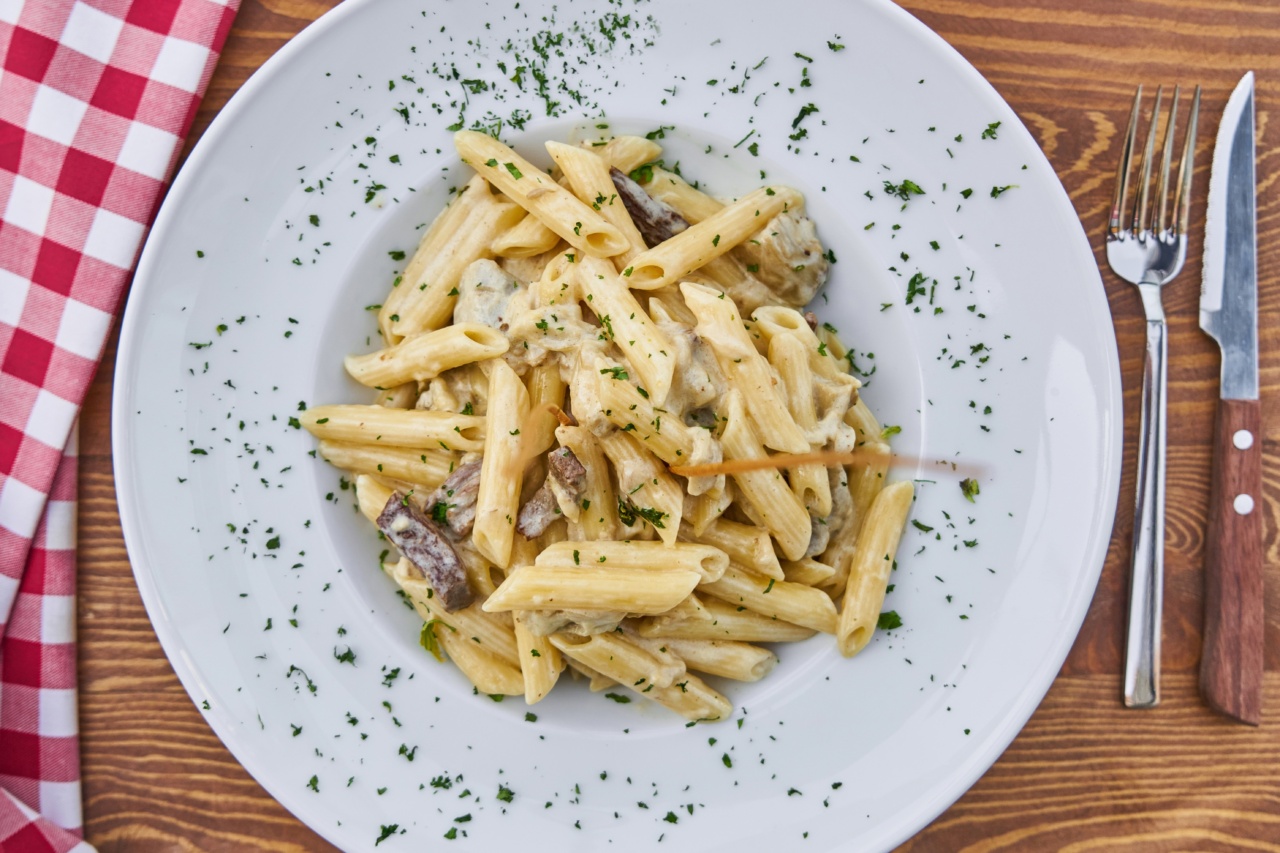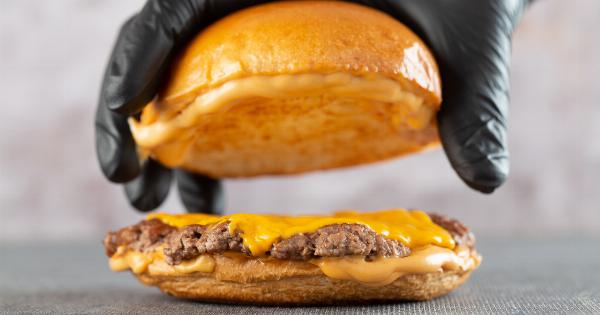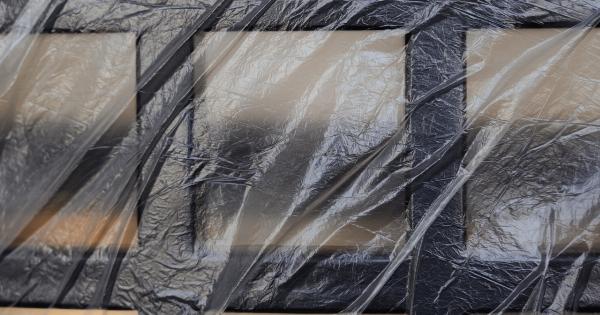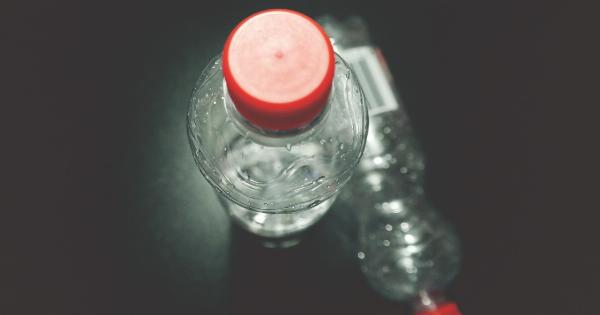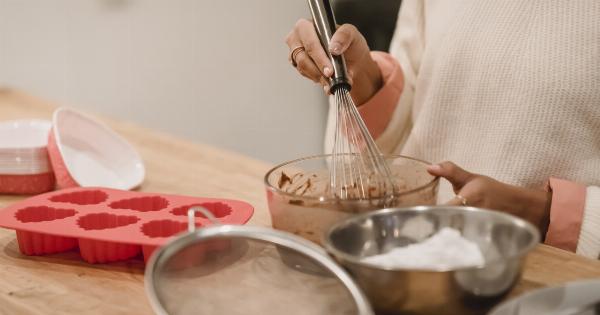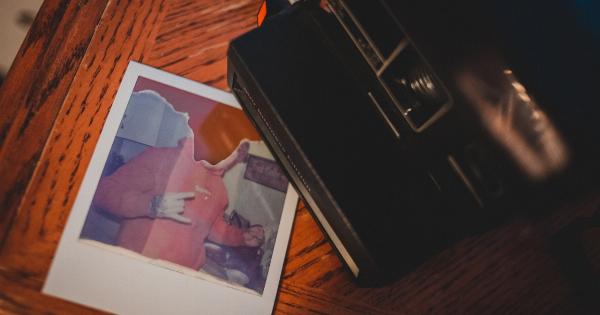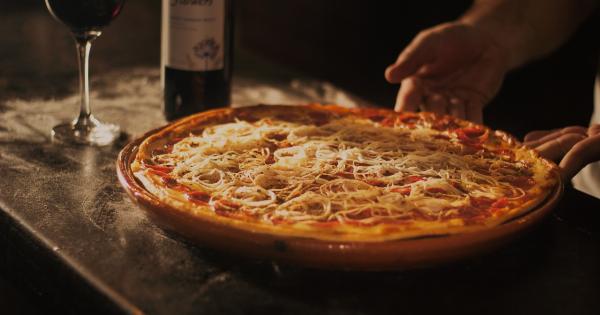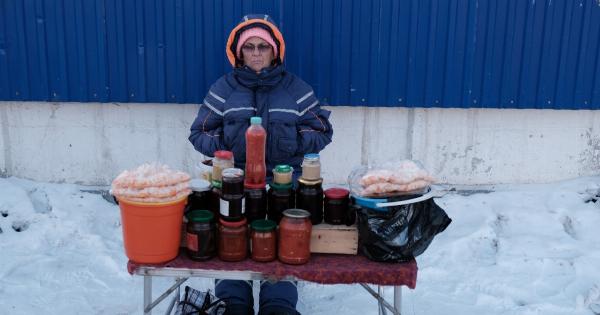Cheese is a popular food that people love to eat. It is used to prepare different dishes from simple cheese toast to more complex ones like lasagna, pizza, or mac and cheese. Cheese comes in various flavors, textures, and colors.
They are usually categorized according to their moisture levels and aging periods. From soft and fresh ones like ricotta and cottage cheese to hard and aged ones like cheddar and Parmesan, cheese is a versatile food that can be used in many recipes.
However, cheese can also become moldy. Mold is a type of fungus that grows on bread, vegetables, fruits, and even cheese. It appears as fuzzy or white patches on the surface and could be harmful to your health if you eat it.
So, it’s essential to know when to eat or discard moldy cheese.
Can You Still Eat Cheese That Has Mold?
Mold can appear in different forms on cheese. The most common molds found on cheese are blue, green, white, and black. Some of these molds are safe to eat, while others are not.
The general rule of thumb is, if you see mold on cheese, cut off at least one inch around and beneath the mold patch before you eat it.
The reason why the mold patch should be cut off is that mold has roots that penetrate deep into the cheese. The visible mold will only be the tip of the iceberg.
Cutting off one inch or more of the cheese will help to reduce your exposure to the potentially harmful molds that are not visible to the naked eye.
Some moldy cheeses like blue cheese, gorgonzola, and brie are safe to eat even with mold on them. In fact, the molds on these cheeses are intentionally added to them to create the characteristic flavors and textures that we love.
These molds are safe to eat because they are not harmful to humans. So, eating moldy blue cheese is safe as long as it is not accompanied by other molds that are harmful to humans.
When to Discard Moldy Cheese
While some molds on cheese are safe to eat, others are harmful and can cause food poisoning. The type of mold that grows on cheese determines whether the cheese is safe to eat or not.
Here are some guidelines to follow to know when to eat or discard moldy cheese:.
1. Hard Cheese
Hard cheeses like cheddar, Parmesan, and Swiss have low moisture content, which makes it hard for mold to grow on them. If you see mold on a hard cheese, remove the moldy part and eat the rest.
However, if the mold has penetrated deep into the cheese, it’s best to discard it.
2. Soft Cheese
Soft cheeses like brie, feta, and ricotta have high moisture content, which makes it easy for mold to grow on them. If you see mold on a soft cheese, discard it because mold could be harmful to humans.
3. Processed Cheese
Processed cheese is a cheese-like food that is made by blending several different cheeses together. It has a longer shelf life than natural cheese and is less likely to grow mold.
However, if you see mold on processed cheese, discard it because it’s difficult to tell if the mold has penetrated deep into the cheese.
4. Moldy Smell
If your cheese has a moldy smell, discard it. It’s an indication that the cheese has been contaminated by mold and could be harmful to humans.
5. Visible Mold
If you see visible mold on your cheese, cut off at least one inch around and beneath the mold patch before eating it.
The mold that you can see is likely to be the tip of the iceberg, and cutting off one inch or more of the cheese will help to reduce your exposure to potentially harmful molds.
Conclusion
Most types of cheese can become moldy if they are not stored properly. Moldy cheese is not always unsafe to eat, but it depends on the type of cheese and the type of mold that’s growing on it.
Hard cheeses with low moisture content like cheddar, Parma, and Swiss can still be eaten if you cut off the moldy part. However, soft cheeses with high moisture content like brie, feta, and ricotta should be discarded if they are moldy. Processed cheese should be discarded if it has visible mold.
If your cheese smells moldy or has a strange texture, it’s best to discard it. The key is to handle your cheese properly and store it in airtight containers to reduce the likelihood of mold growth.
